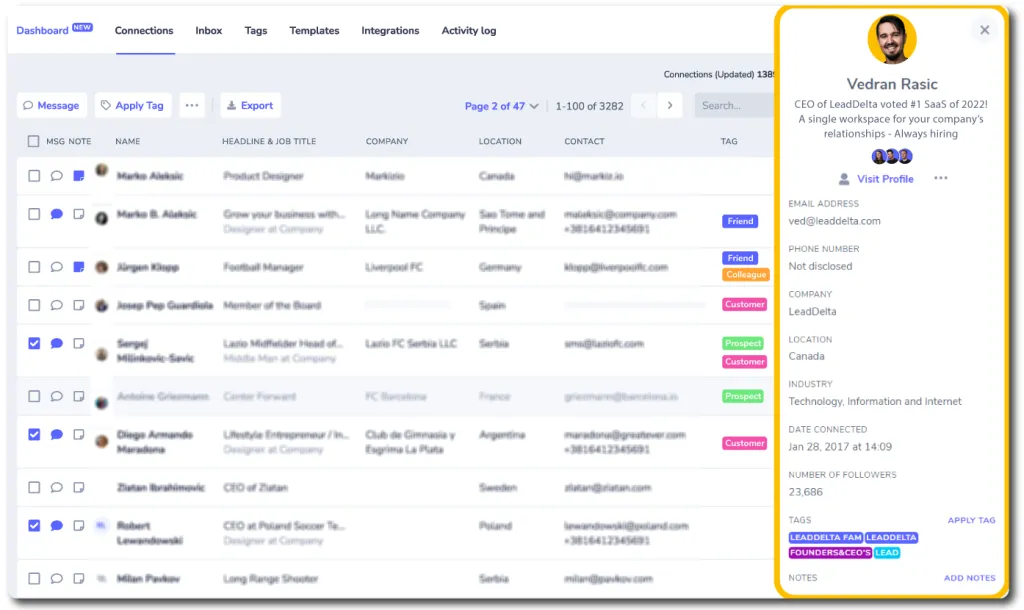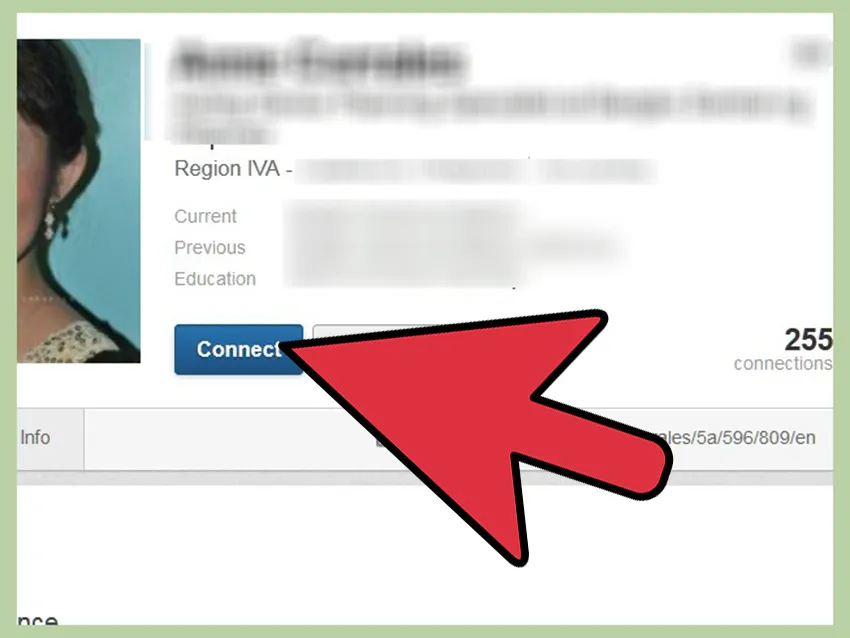When it comes to networking on LinkedIn, understanding your mutual connections can be a game changer. These shared connections not only enhance your professional relationships but can also open doors to new opportunities. In this post, we’ll dive into the concept of mutual connections and how they can benefit your LinkedIn strategy.
Understanding Mutual Connections

So, what exactly are mutual connections on LinkedIn? Simply put, mutual connections are individuals who are connected to both you and another LinkedIn user. This creates a shared network that can be incredibly valuable in many ways. Here’s why understanding these connections is important:
- Expanding Your Network: By identifying mutual connections, you can reach out to them for introductions or recommendations, which can help you grow your professional network.
- Building Trust: When a mutual connection introduces you to someone, it often carries more weight. People are generally more willing to connect with someone who has a shared acquaintance.
- Finding Opportunities: Many job opportunities or collaborations come from referrals. Knowing who you share connections with can lead to valuable insights and recommendations.
To see your mutual connections on LinkedIn, simply visit a profile. You’ll notice a section that highlights how many connections you share. This small feature can be a powerful tool in your networking arsenal.
In summary, understanding mutual connections on LinkedIn is about leveraging your existing network to foster new relationships and opportunities. It’s a simple yet effective way to navigate the professional landscape more strategically. So, the next time you’re exploring a new profile, take a moment to check out those mutual connections—you might just find your next big opportunity!
Also Read This: How Expensive Is Shutterstock and Is It Worth the Investment?
Step-by-Step Guide to Viewing Mutual Connections

Checking out mutual connections on LinkedIn is a breeze! Whether you're looking to expand your network or reconnect with old colleagues, knowing how to find these connections can be incredibly useful. Here’s a simple step-by-step guide to help you navigate the process:
- Log into Your LinkedIn Account: Start by signing in to your LinkedIn profile. If you don't have an account yet, you'll need to create one!
- Go to a Profile: Navigate to the profile of the person you're interested in. You can do this by using the search bar at the top of the page.
- Scroll Down to Connections: Once you're on the person's profile, scroll down to the section that lists their connections. This is usually under their profile picture and headline.
- Click on 'See Connections': You’ll see a link that says “See connections.” Click on this link to open a detailed list of their connections.
- Filter the Connections: If you're looking for specific mutual connections, use the filter options. You can search by keywords or other criteria to narrow down the list.
- Explore Mutual Connections: Look for connections that you share with the person. These individuals are potential bridges for networking opportunities!
And that’s it! By following these steps, you can easily view mutual connections on LinkedIn. It’s a fantastic way to discover shared contacts and kickstart new networking conversations.
Also Read This: Getting Started with ShootProof: A Comprehensive Setup Guide
Tips for Networking with Mutual Connections
Networking effectively with mutual connections can open doors to new opportunities and collaborations. Here are some tips to help you make the most of these valuable relationships:
- Personalize Your Outreach: When reaching out, always personalize your message. Mention your mutual connection and why you’d like to connect. This shows genuine interest and increases the chance of a response.
- Be Clear About Your Intentions: Whether you're looking for advice, collaboration, or simply to expand your network, be upfront about your intentions. Clarity builds trust!
- Engage with Their Content: Before you reach out, engage with your mutual connection's posts. Like, comment, or share their content. This demonstrates your interest and can serve as a conversation starter.
- Request an Introduction: If you’re hesitant about reaching out directly, consider asking your mutual connection for an introduction. This can make the process feel more organic and comfortable.
- Follow Up: If you don't receive a response right away, don’t be discouraged! A polite follow-up after a week or so can remind them of your interest without coming off as pushy.
By applying these tips, you can enhance your networking efforts and build meaningful connections. Remember, every connection is a potential opportunity—so nurture those relationships!
Viewing Mutual Connections on LinkedIn
LinkedIn is a powerful platform for professionals looking to expand their networks and connect with like-minded individuals. One of the valuable features of LinkedIn is the ability to view mutual connections. This feature not only helps in identifying shared contacts but also provides insights into potential collaboration opportunities. Here’s how you can effectively view and utilize mutual connections on LinkedIn:
To view mutual connections, follow these steps:
- Log in to your LinkedIn account.
- Use the search bar to find the profile of the person you want to connect with.
- Click on their profile to access their LinkedIn page.
- Scroll down to the “Connections” section, where you will see a list of mutual connections.
Understanding mutual connections can be beneficial for various reasons:
- Networking Opportunities: Mutual connections can serve as a bridge to expand your professional network.
- Trust Building: Knowing someone in common can increase your credibility and trustworthiness.
- Collaboration Potential: You may find opportunities for collaboration or mentorship through shared contacts.
| Benefits of Viewing Mutual Connections |
|---|
| Enhanced Networking |
| Increased Trust |
| Collaboration Opportunities |
By utilizing the mutual connections feature on LinkedIn, you can strategically enhance your networking efforts, build trust with potential contacts, and uncover new opportunities for collaboration. This feature is an essential tool for anyone looking to make the most out of their LinkedIn experience.